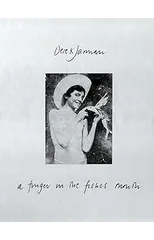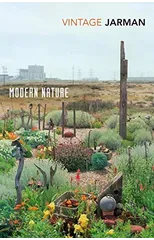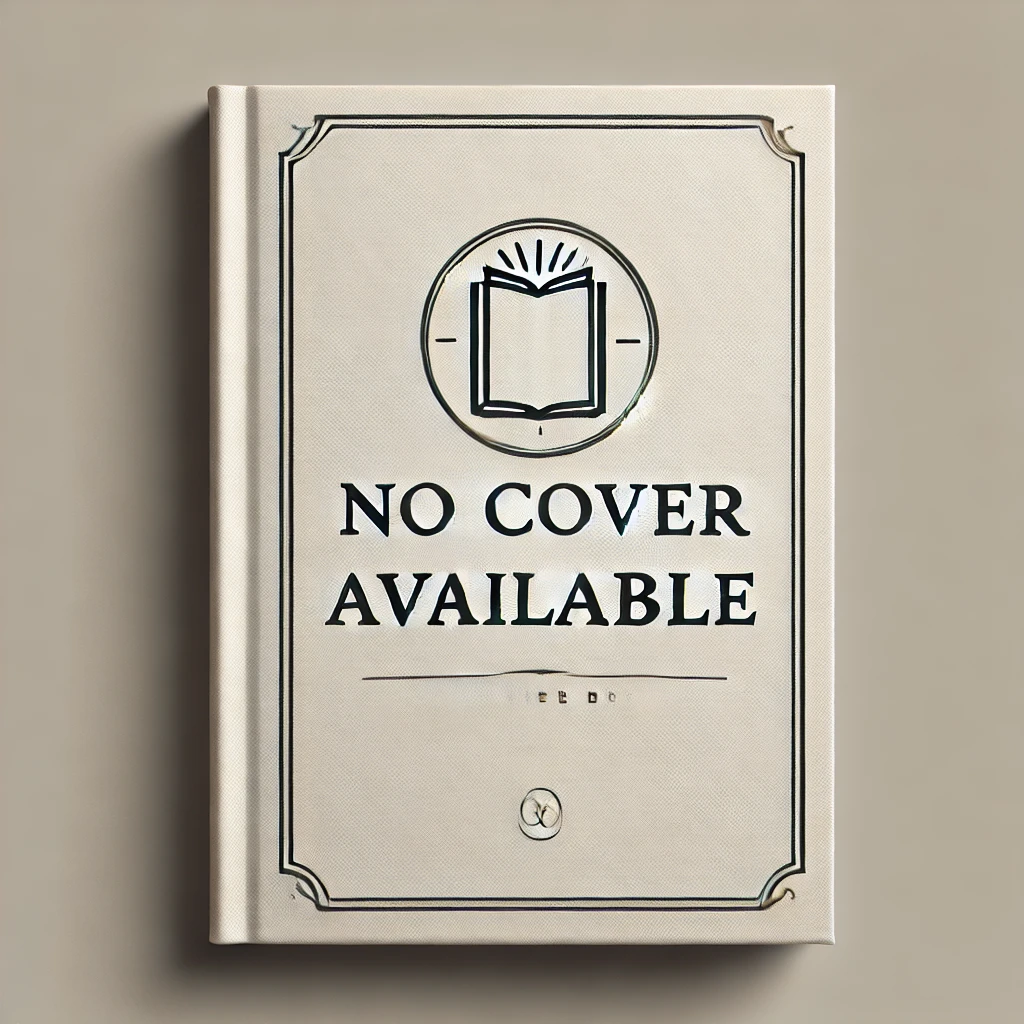Originally released as a feature film in 1993, the year before the acclaimed artist and filmmaker Derek Jarman's death due to an AIDS-related illness, 'Blue' is a daring work of art. The film - and this book's text - serve as iconoclastic responses to the lack of political engagement with the AIDS crisis. Written poetically and surrealistically, Jarman's text moves through myriad scenes, some banal, others fantastical.
Derek Jarman
Derek Jarman (1942-1994) was an English filmmaker, artist, and writer known for his avant-garde and experimental works. He was a prominent figure in the British New Queer Cinema movement and his films often explored themes of homosexuality, politics, and personal identity.
Jarman's most notable works include the films "Sebastiane" (1976), "Caravaggio" (1986), and "Edward II" (1991), which challenged traditional narrative structures and pushed boundaries in terms of content and style.
In addition to his filmmaking, Jarman was also a prolific writer, penning several books on art, politics, and his own life experiences. His literary style was characterized by its poetic and introspective nature, often blending personal reflections with social commentary.
Jarman's contributions to literature and film have had a lasting impact on the LGBTQ+ community and the art world as a whole. His most famous work, "Blue" (1993), a film consisting solely of a blue screen with voiceover narration, is considered a groundbreaking and influential piece of experimental cinema. Jarman's fearless exploration of queer themes and his bold artistic vision continue to inspire artists and filmmakers to this day.








